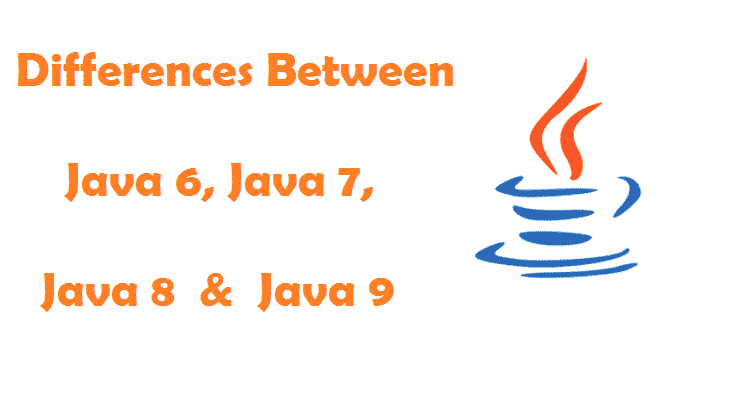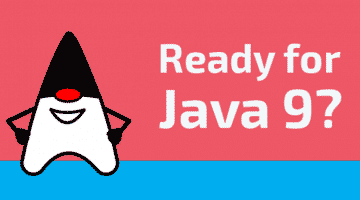Java is definitely one of its kind programming languages to enjoy consistent popularity even since its inception. It has managed to overcome the huge popularity of C and C++ just when everyone thought that no programming language could do it. After Java, there have been so many different programming languages out which have attained the peak of popularity yet, the popularity of Java is untouched. The demand for java application development is associated with many factors. The main reason for its consistent popularity is its consistent changes to adopt the modern techniques and features. Each version of Java that is coming out is not just a regular update, there have been significant changes in each version in comparison to the previous one. In this article, you will understand the difference between Java 6, Java 7, Java 8 and Java 9.
Java 6 and Java 7 –
Java 6 saw few massive improvements in GUI and API. The Java compiler API was introduced, the web service support was improved, swing worker in API was included, table sorting and filtering GUI were added, and there were dramatic improvements in performance. The difference between Java 6 and Java 7 are in terms of the new features introduced in Java 7.
Java 7 saw the upgrading of class loader architecture due to which the underlying resources can get free and the memory gets free as well. Java 7 also included massive updates on concurrency and collections issues that Java 6 was suffering from. A lightweight fork and join framework was introduced, betterment and flexibility in the synchronization, better transfer queues, and double-ended queues, and random number generators used for local threads. Moreover, the internationalization got an upgrade and new APIs were introduced. Besides, the new security and cryptography measures were implemented. Strings checking in the switch statement has been a massive inclusion along with multiple exception handling.
Java 8 –
Now that you have some idea about Java 7 and its new features along with the features of Java 6, let us talk about what Java 8 brought to the table.
It introduced the lambda expression by which you can write code in a more functional style. It is useful in the iteration, filtering and extracting data. Method reference is a new term introduced in Java 8 to refer to the method of the functional interface. It is interrelated to the lambda expression. In fact, it is an easy way of writing a lambda expression.
For each library function is new in Java 8 and it has made life easy for the developers to iterate elements easily and quickly. A new Date and Time API has been introduced in Java 8. A new class named Optional has been included to deal with NullPointerException. There are methods to check the value of a particular variable.
Moreover, the introduction of Base64 encoding and decoding is something that the developers were hoping for a long time. Besides, the parallel array sorting function, string joiner function, and stream filter function are worth mentioning.
Apart from these, there has been a major enhancement in Java 8 tools and if you are the one who is not blinded by the programming part of Java, you already know Java 8 tools are a blessing. Apart from these, the usual security enhancement is a common thing which makes Java one of the most secure programming languages for developing applications.
Java 9 –
Oracle took over Sun Microsystem and they introduced the new tool named JShell. It is one of the coolest tools for the tester to test Java constructions such as objects, classes, interfaces, statements and likewise. This is exactly how Java is competing with new programming languages and remaining extremely relevant in the modern programming scenarios. They have also introduced for convenient methods for creating an immutable map, set, list, and likewise. Previously, it was very tedious and had lots of shortcomings. The introduction of private methods in interfaces has been many by surprise. This is highly useful for code reusability and getting rid of redundant code.
One of the major changes Oracle did in Java 9 was by Module System. Bringing modularity into the Java platform is the best thing that could have happened. The industry is adopting the modularity approach and in such a scenario, its introduction in Java is a masterstroke. Besides, there have been processed API improvements along with Stream API improvements. The support for HTTP/2 protocol and WebSocket is quite welcoming. The try with resources syntax has been redefined. The destroy function has been introduced and the class ProcessHandle is a major feature for the developers.
Therefore, if you are working in Java or you are learning Java right now, you need to learn the latest version of Java. Otherwise, you will be missing out on the new features that are being widely used in the professional world and highly convenient for the developers. As an option, you can always get your Java homework assignments done here.



